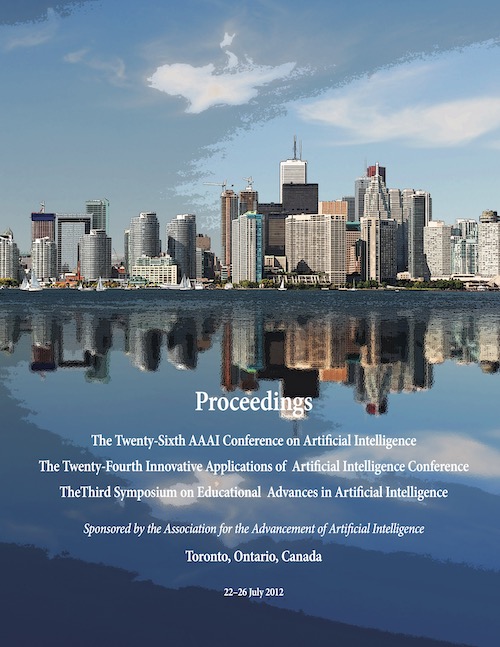Intelligent Computation of Reachability Sets for Space Missions
DOI:
https://doi.org/10.1609/aaai.v26i2.18973Abstract
This paper introduces a new technique for intelligently exploring the reachability set of a spacecraft: the set of trajectories from a given initial condition that are possible under a specified range of control actions. The high dimension of this problem and the nonlinear nature of gravitational interactions make the geometry of these sets complicated, hard to compute, and all but impossible to visualize. Currently, exploration of a problem’s state space is done heuristically, based on previously identified solutions. This potentially misses out on improved mission design solutions that are not close to previous approaches. The goal of the work described here is to map out reachability sets automatically. This would not only aid human mission planners, but also allow a spacecraft to determine its own course without input from Earth-based controllers. Brute-force approaches to this are computationally prohibitive, so one must focus the effort on regions that are of interest: where neighboring trajectories diverge quickly, for instance, or come close to a body that the spacecraft is orbiting. In this paper, we focus on the first of those two criteria; the goal is to identify regions in the system’s state space where small changes have large effects— or vice versa—and concentrate the computational mesh accordingly.

